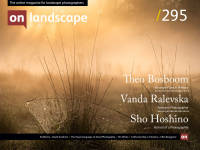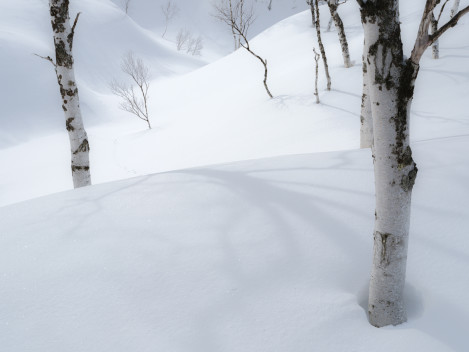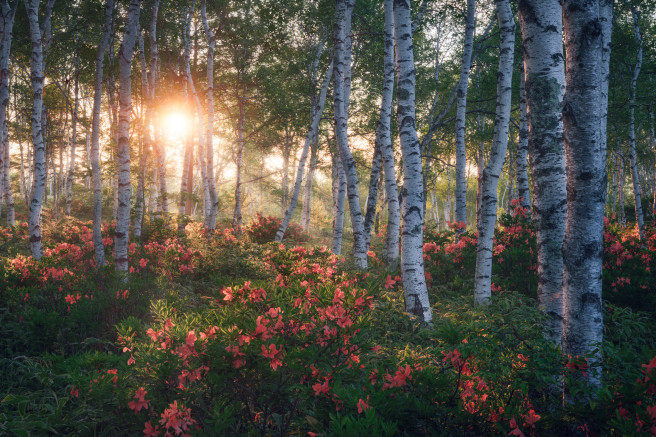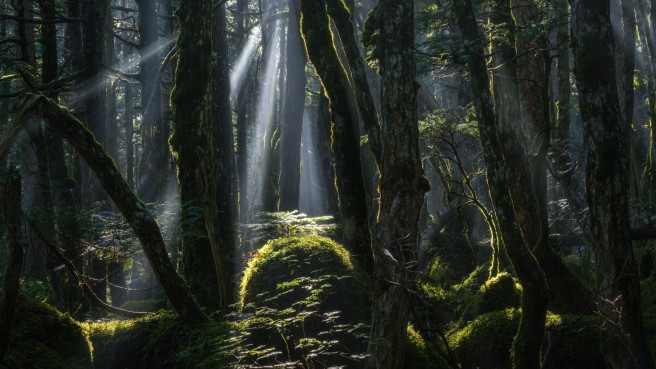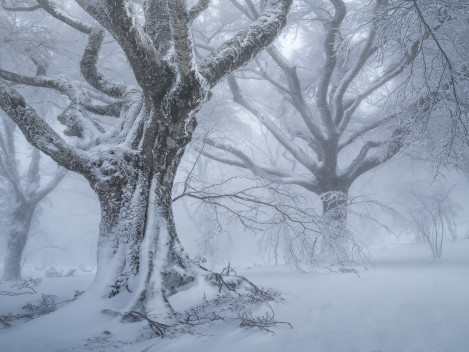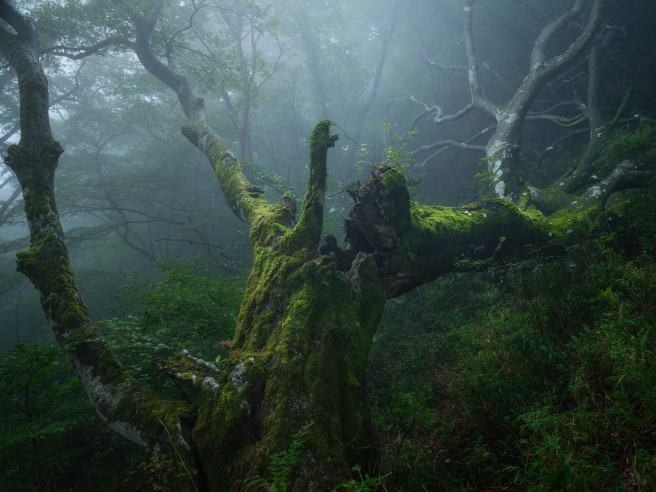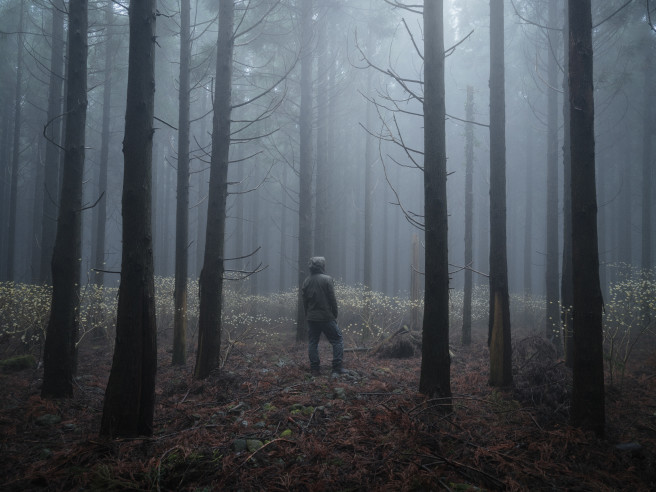Connecting with the Forest of Japan

Matt Payne
Matt Payne is a landscape photographer and mountain climber from Durango, Colorado. He’s the host of the weekly landscape photography podcast, “F-Stop Collaborate and Listen,” co-founder of the Nature First Photography Alliance, and co-founder of the Natural Landscape Photography Awards. He lives with his wife, Angela, his son Quinn, and his four cats, Juju, Chara, Arrow, and Vestal.
I have a secret I need to confess. One of the selfish reasons I co-founded the Natural Landscape Photography Awards was to find more ways to expose myself to photography that has gone under the radar due to the democratisation of sub-par photography thanks to social media algorithms. Much to my glee, the Awards have accomplished that goal in spades.
- Leaning heavily into an emotional connection with place will yield tremendous photographic results;
- Creating depth in our 2-dimensional photographs using colour, texture, and light helps to transform them into 3-dimensional pieces of art;
- Revisiting similar locations throughout the four seasons helps solidify our connections with them and can help yield great results.
When I first reached out to Sho for this article, he shared with me how his love for forest photography was spawned. One day while shooting at the foot of Mt. Fuji, he encountered an unexpected thick fog. At first, he was depressed because his main objective was to photograph Mt. Fuji, but then the fog and forest brought back the sensations of his childhood. His interest in trees was reawakened, and he quickly shifted his photographic focus to the forest, tapping into a long-lost emotional connection with the place. By focusing our photography on places we have an emotional connection with, we improve our chances of making great photographs. Since we have a deeper familiarity with the subtle nuances that exist there, we are able to notice things other photographers cannot, which allows us to infuse ourselves into the outcome of our work.
Another aspect of Sho’s work that I find appealing is how he is consistently able to create a sense of depth in his images of the forest. Anyone who has ever photographed in the forest knows that it is not very easy to make sense of the chaos found there, and it can often seem impossible to convey the charm and intricacies of the forest through a single image. Sho has been able to create a sense of depth by using three tools - colour, texture, and light. By pairing complementary colours such as red and green, Sho masterfully gives the eye a way to move through the frame. Similarly, the use of texture from mosses, snow, ice, frost, or flowers provides the viewer with tidbits of visual interest throughout the frame, accentuating the feeling of depth. Lastly, by using light or lack of light in playful ways, Sho creates depth by forcing the viewer’s gaze through the image in a thoughtful pattern or direction. These are all excellent tools in the landscape photographer’s toolbox that we should all pay more attention to.
Finally, Sho has found a way to visit locations over and over again throughout all four seasons. By revisiting the same areas in a variety of conditions, photographers enable themselves to increase their familiarity and strengthen intimate bonds with a place, which in turn improves how we see photographs there. In fact, Sho shared with me that this year he physically moved his home to the Nagano Prefecture in order to be closer to the places he loves to photograph. This is something that I think serious photographers should consider in their own pursuit of the craft. While it may seem a lofty sacrifice to move you and your family closer to the places you love (and it indeed usually is), it will most certainly enable you to create better work in a more consistent fashion. All too often, I hear nature photographers complain about how far away they live from their favourite places while at the same time talking about their frustration with not being able to elevate their photography or make it financially as a photographer. As harsh as it may sound, I think if you fully intend to be dead serious about your pursuit of this craft as a professional, sacrifices are needed.
To truly give yourself the best chances of success in landscape photography, it is ideal to live close to the places you are most connected to in your work. Often times, these places have fewer job opportunities and are more costly to live in, so it truly is a sacrifice to make it a reality; however, the end result is that you are more able to consistently photograph the subjects you love on a more frequent basis - all hopefully yielding better photographic results.
If you enjoyed this article and want to listen to my conversations with other great artists, consider subscribing to my podcast, “F-Stop Collaborate and Listen” on your favourite podcatching application.
Do you know someone you feel has yet to be discovered and should be featured here? Reach out and let me know - I look forward to hearing from you.

